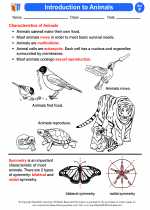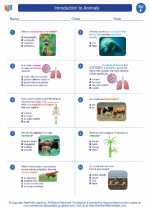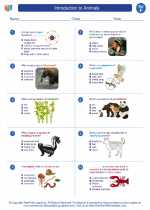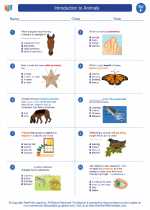Reproductive System
The reproductive system is a collection of organs and structures that enable the production of offspring. In humans, the reproductive system is divided into the male and female reproductive systems.
Male Reproductive System
The male reproductive system includes the testes, epididymis, vas deferens, seminal vesicles, prostate gland, and penis. The testes produce sperm, which are stored in the epididymis before being transported through the vas deferens. The seminal vesicles and prostate gland produce fluids that mix with the sperm to form semen, which is ejaculated through the penis during sexual intercourse.
Female Reproductive System
The female reproductive system includes the ovaries, fallopian tubes, uterus, cervix, and vagina. The ovaries produce eggs, which are released into the fallopian tubes during ovulation. If the egg is fertilized by sperm, it travels to the uterus where it implants and develops into a fetus. If fertilization does not occur, the uterine lining is shed during menstruation.
Reproductive System Study Guide
- What are the primary organs of the male reproductive system?
- What is the role of the seminal vesicles and prostate gland in the male reproductive system?
- What are the primary organs of the female reproductive system?
- Describe the process of ovulation in the female reproductive system.
- What is the role of the cervix in the female reproductive system?
The primary organs of the male reproductive system are the testes, which produce sperm, and the penis, through which semen is ejaculated.
The seminal vesicles and prostate gland produce fluids that mix with sperm to form semen, providing nourishment and mobility for the sperm.
The primary organs of the female reproductive system are the ovaries, which produce eggs, and the uterus, where a fertilized egg can implant and develop into a fetus.
Ovulation is the release of a mature egg from the ovary into the fallopian tube, where it may be fertilized by sperm.
The cervix is the lower part of the uterus that connects to the vagina. It allows the flow of menstrual blood from the uterus during menstruation and also serves as a passageway for sperm to enter the uterus during intercourse.
◂Science Worksheets and Study Guides Sixth Grade. Introduction to Animals

 Activity Lesson
Activity Lesson
 Worksheet/Answer key
Worksheet/Answer key
 Worksheet/Answer key
Worksheet/Answer key
 Worksheet/Answer key
Worksheet/Answer key
 Vocabulary/Answer key
Vocabulary/Answer key
 Vocabulary/Answer key
Vocabulary/Answer key
 Vocabulary/Answer key
Vocabulary/Answer key
 Vocabulary/Answer key
Vocabulary/Answer key
